Colombian food culture is rich and diverse as the different geographic and cultural regions of the country have strongly maintained their culinary identity. Many dishes in Colombia have Spanish influences but it always reflects the people’s great love for their land, its harvests and the waters that surround it.
Colombian Food Culture
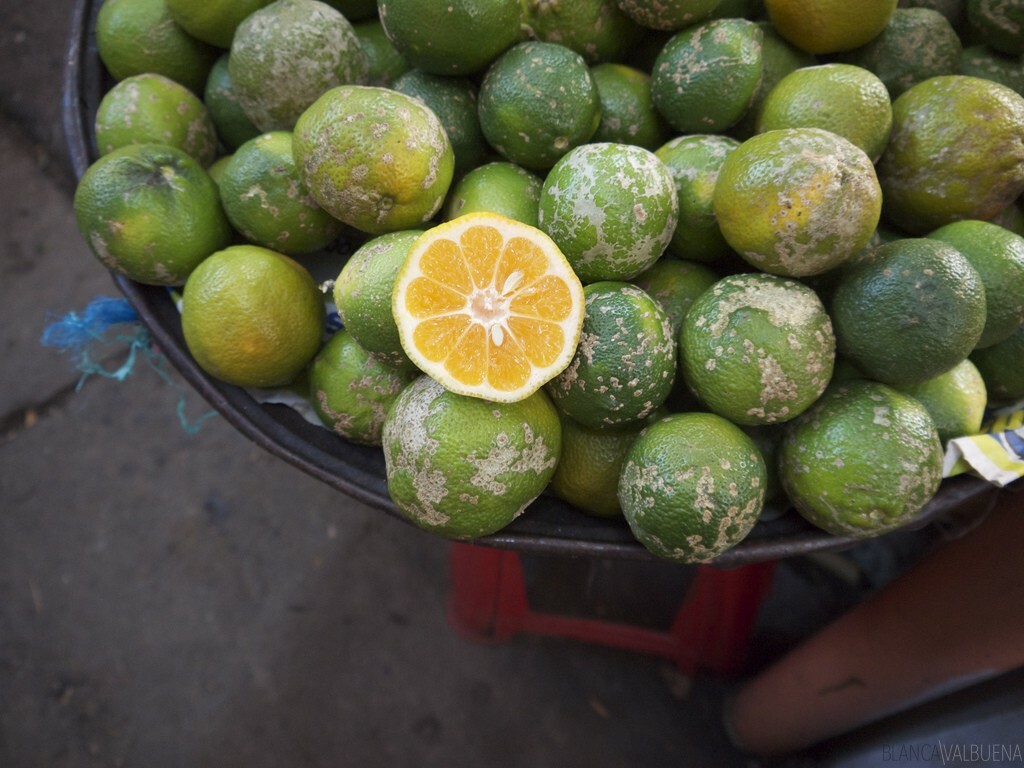
Colombia is bathed by both the Pacific and Atlantic oceans, tipped by the Amazon and traversed by the Andes Mountains. This equals a plethora of ingredients to play with. Cooking traditions are also influenced by the availability of food resources which is why every Colombian has a distinct taste when it comes to their preferred native foods.
Of course, Colombian cooks never fail to add another element to their cuisine: adventure. If you’re planning on visiting Colombia, get ready, because you’re going to eat incredibly well. Let’s start off by discussing each region and its most typical dishes.
Colombian Food Regions
Amazonia
The Amazon is all about being wild. When I was little and my parents took me there, we ate snake. Boas are highly valued in the cuisine of the Amazon. You will eat what you can get your hands on there, including turtle which is prepared in what seems like a million ways.
- Turtle skewers
- Escargot
- Piracuru balls
- Mandioca
Antioquia
If you have been to Medellin, you have been to Antioquia. If you haven’t been there, you should. The area is fantastic and is one of the safest in Colombia. Antioquia also lays claim to Colombia’s national dish, the Bandeja Paisa. Antioquia produces some of the best coffee (if not the best) in the world, and here no meal will be complete without rice and frijoles.
- Bandeja Paisa
- Arepas
- Canon de Cerdo
- Sancocho Paisa
- Chorizo Rice
- Ropa Vieja
- Arequipe
- Natilla
- Hojuelas
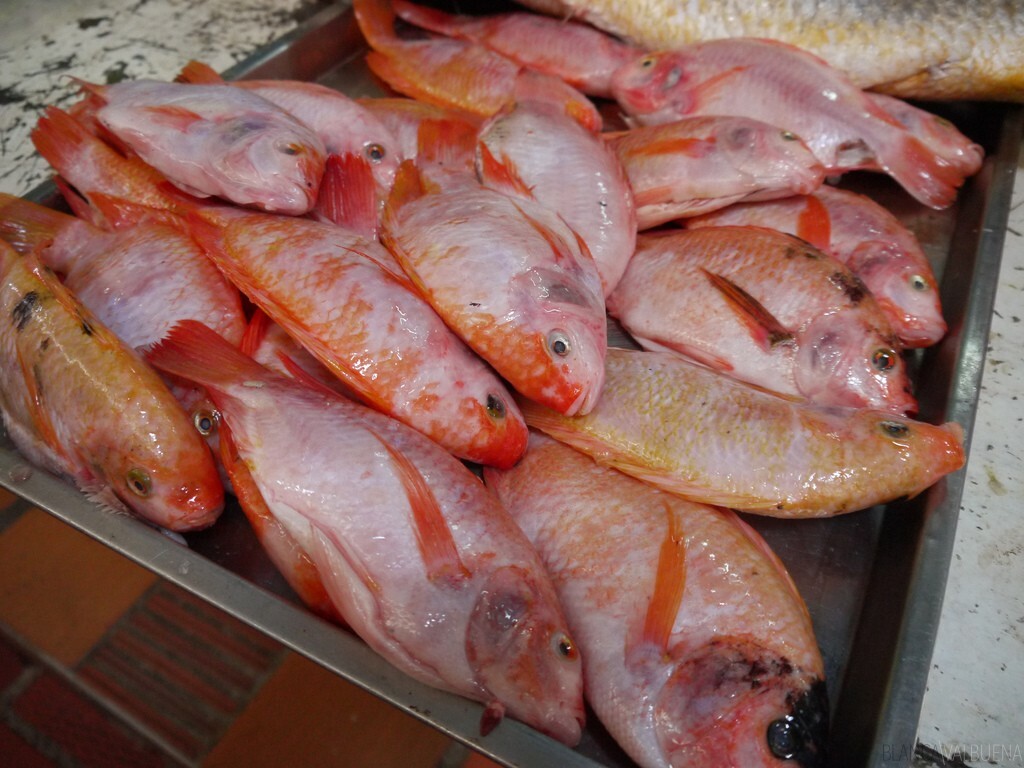
Atlantic Coast
The Atlantic Coast has tons of African and Middle Eastern influences. When you think of the Atlantic (Cartagena, Barranquilla, La Guajira, and Santa Marta), think of coconut, snapper, armadillo, iguana, and lobster. Food here is fantastic and some of my favorite in Colombia.
- Stuffed melons
- Stuffed red snapper
- Mondongo
- Shrimp Rice
- Chipi-Chipi Rice
- Coconut rice
- Arepa de huevo
Cundinamarca
Fruits and aromatic spices rule the area that is home to Bogota, the capital city. Cundinamarca is colder than the rest of the country and that means comfort food: ajiaco, hot chocolate (with cheese) tamales, huevos pericos and so much more. This area is my fave, but I think that’s because I was born there.
- Papas Chorriadas
- Sopa de Pan
- Changua
- Ajiaco
- Pan de Yuca
- Fritanga
Llanos
Colombia’s plains are a hard environment, its people are nomadic and they were forced to make do. This region offers some gorgeous wild boar, fresh water fish, and wild birds.
- Ternera a la Llanera
- Guarapo
- Cachama
- Boa
Pacific Coast
If you explore this region, you will most likely end up in Buenaventura, Guapi and Tumaco. The coast is, of course, a place where seafood and shellfish reigns. The region has not just ocean, but also rivers so you get a mixture of both fresh and saltwater fish varieties. There are tons of exotic fruits that are made into refreshing juices. The region is not just fish though, there are plenty of exotic animals that are hunted by locals. Perhaps my favorite thing about the food from this area is the popularity of coconut in dishes.
- Catfish
- Shrimp salad
- Clam rice
- Grilled fish with lulo
- Quebrao
Santander
Santander has an overabundance of fruit and fish. Meats are scarce in this region. Corn is quite popular here, so if you visit you will most likely try some mazamorra. Another typical snack here is hormigas culonas (that is roasted ants).
- Garbanzo soup
- Goat rice
- Fried yuca
- Pineapple juice
- Rabbit Stew
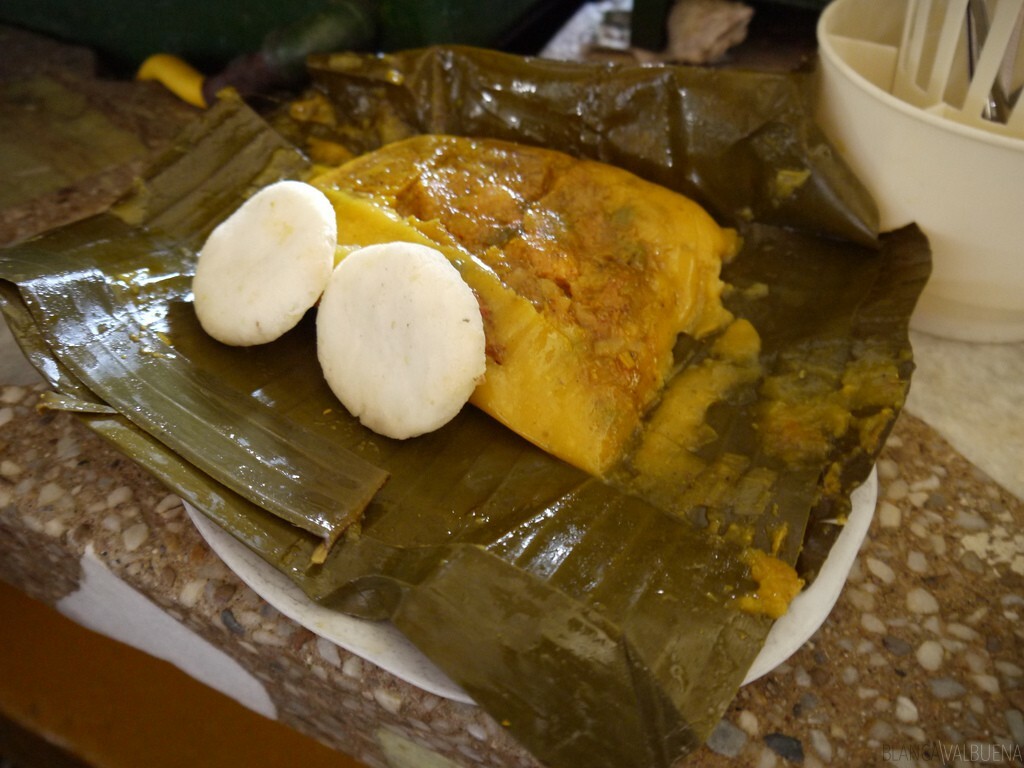
Tolima
I lived here for most of my early childhood, so I have very fond memories of the food here. Lechona and tamales Tolimenses (the best tamales in the country) are a must. Fresh water oysters are a delight and ladies will tigger (ask me what this means) after sipping on a few mistelas over a game of cards.
- Lechona (you must try this)
- Achiras
- Dulce de Guayaba
- Almojabanas
- Patacones
Valle del Cauca
Although I am from Cundinamarca, my family has its roots here, so the Cauca Valley owns a piece of my heart. There is always a plantain on your plate in the Valle del Cauca. This area is all about agriculture, so beef and chicken are often on the menu. There are tons of fruits and desserts are outstanding here – manjar blanco is one of the best things you can experience here.
- Champus
- Lentejas
- Pan de Bono
- Aborrajados
- Ox Tail Stew
- Empanadas (these are the best in Cali)
Things You MUST Eat in Colombia
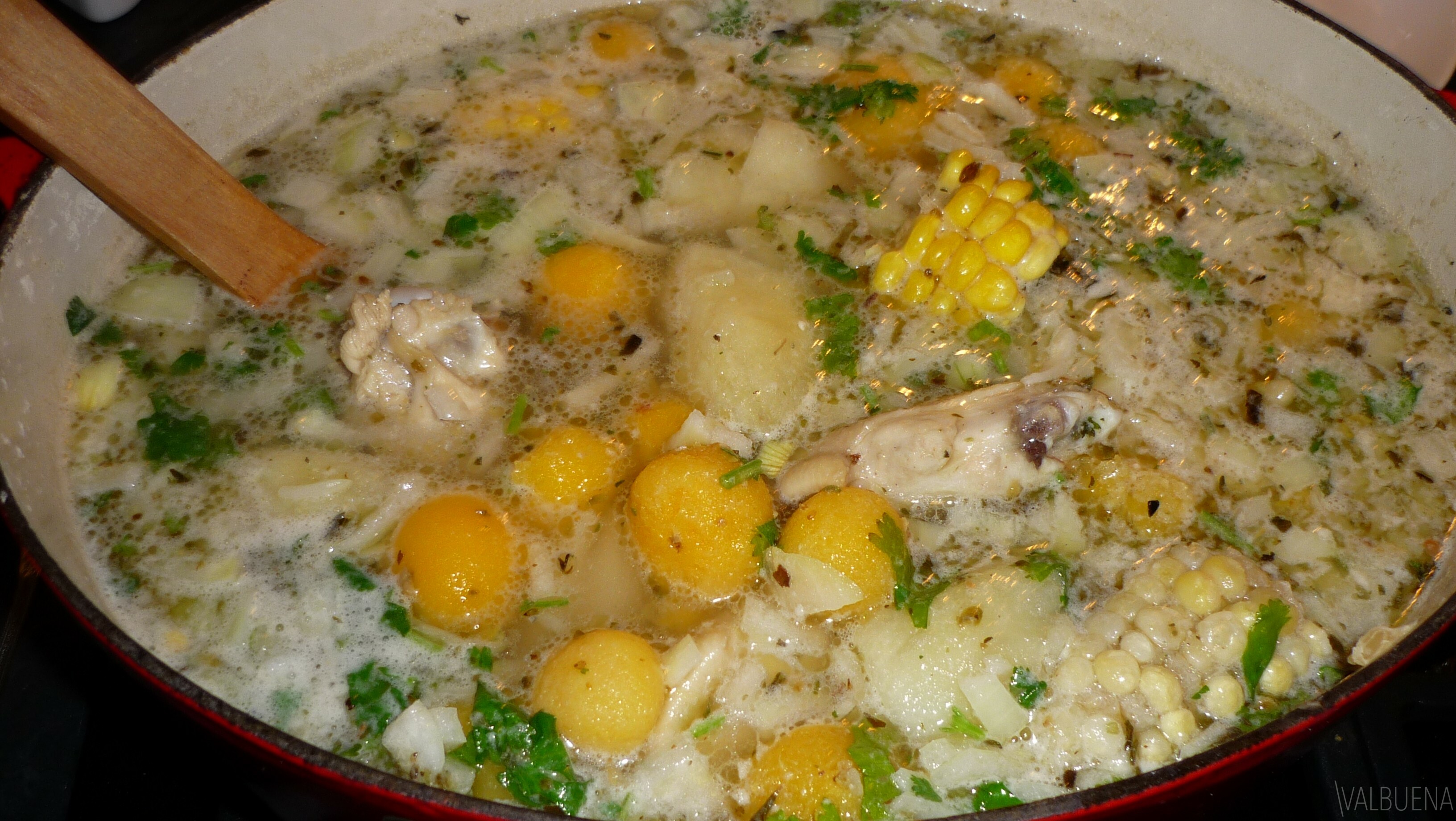
Have a sampling of a classic Colombian dish, the ajiaco. An ajiaco is basically a chicken soup with potatoes, corn, avocado and the local herb called the guascas. It is more prevalent in Bogota and the Andean region. The ingredients alone may amaze a lot of people: who puts avocado in their soup? Answer: me. I am Colombian and I love avocado in my chicken soup. Another weird but delicious combo to try…sliced bananas in your chicken soup. Simply delicious. The ajiaco is typically enjoyed with cream and capers. It is also served with white rice, and the favorite side dish is salad with avocado, lemon and tostadas.
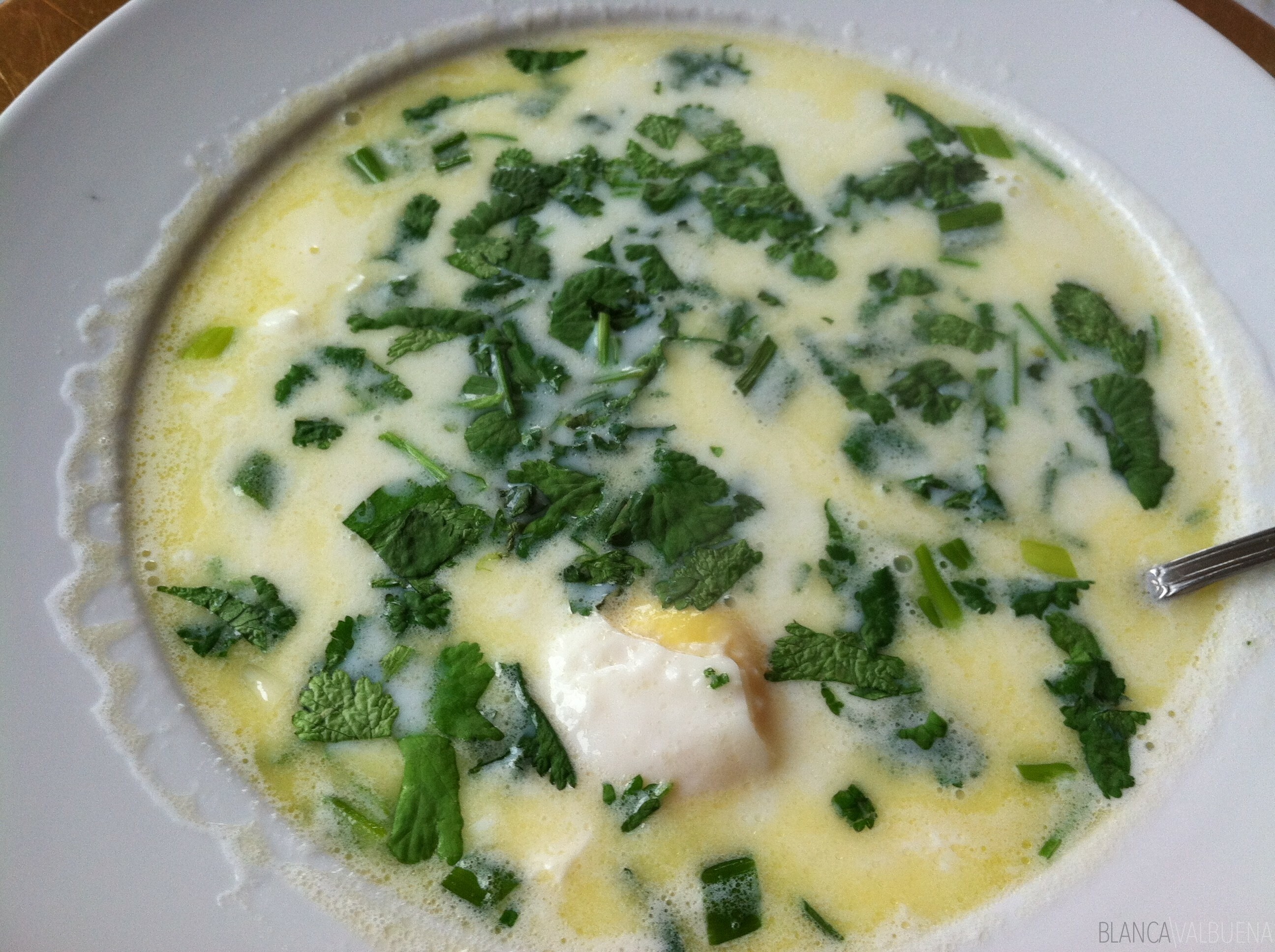
When you wake up in Bogota and somewhere in the Adean region, you may see many Colombians enjoying their famous cup of Colombian coffee with changua. Changua is a milk-egg soup garnished scallions and paired with stale bread called calado. If you’re curious what chagua is like, simply heat equal amounts of water and milk and then add a dash of salt. Crack an egg and let the yolk cook while it is poached with the water-milk mixture. Pour this into a bowl with Queso Colombiano at the bottom and garnish with scallions and cilantro. Easy, comforting and delectable.
When you finally reach the coast, people are found to have a taste for spice. Interestingly, this part of Colombia experienced a wave of Arab immigration, and some hints of Arabic cooking can be found in these regions. Suero is similar to yogurt and sour cream and lots of Colombians eat it. Coconut rice is also a favorite, it is be paired with the popular spicy dish made of pork and whale liver. Arepa, which is a corn dough, has its many versions in this part of Colombia. You can find variations with egg (arepa de huevo) and with cheese (arepa de queso).
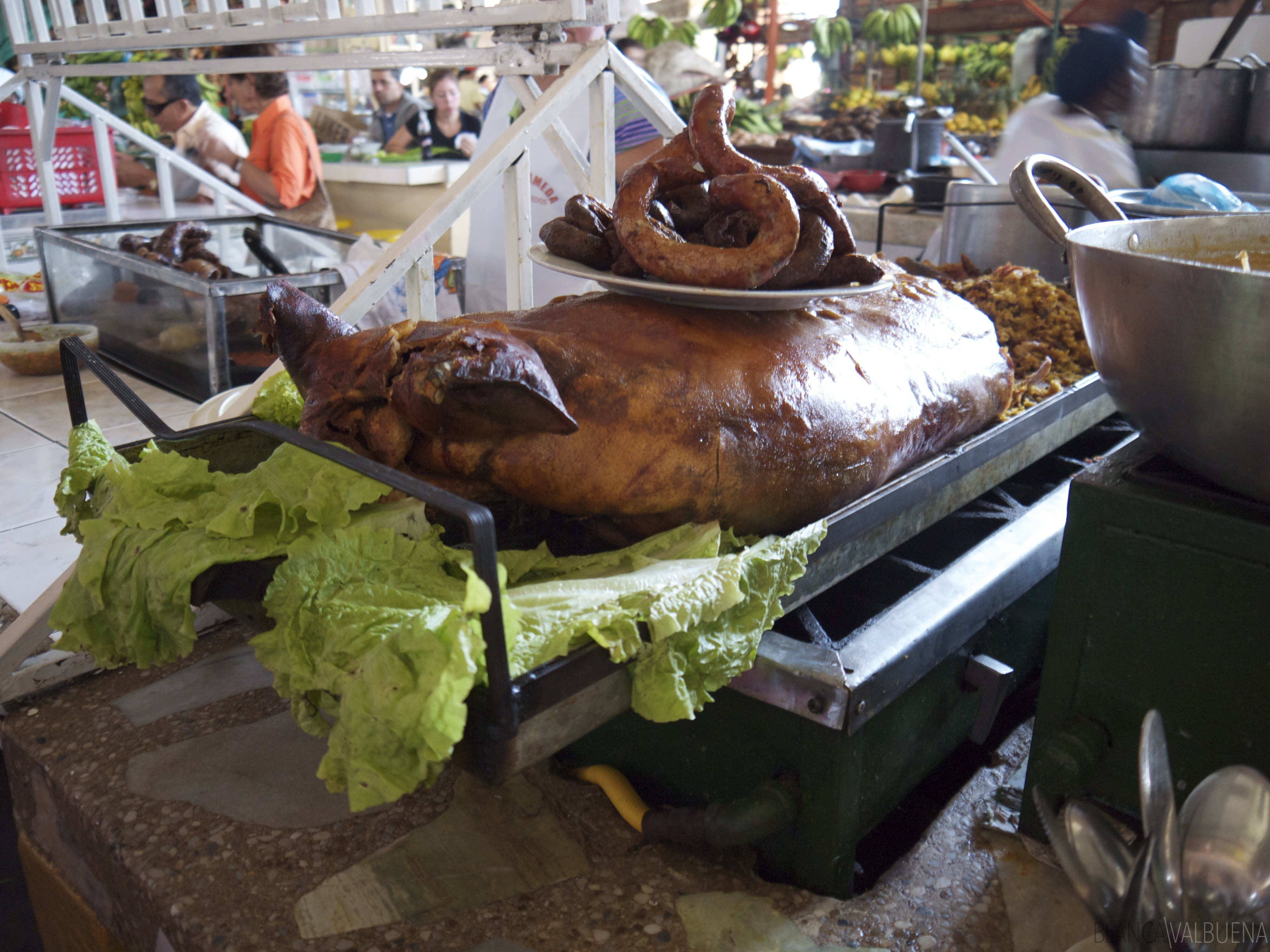
When you go to the eastern portion of the country, you will see many Colombian cowboys and food that are inspired by the cowboy culture. Barbecues are very popular such as the ternera llanera. Colombians also love their whole roasted pig filled with rice, vegetables and pork called the lechonas. In the Amazonian portion of Colombia, expect a strong Amazonian cuisine tradition as well. This means dishes made of freshwater fish, beef and livestock.
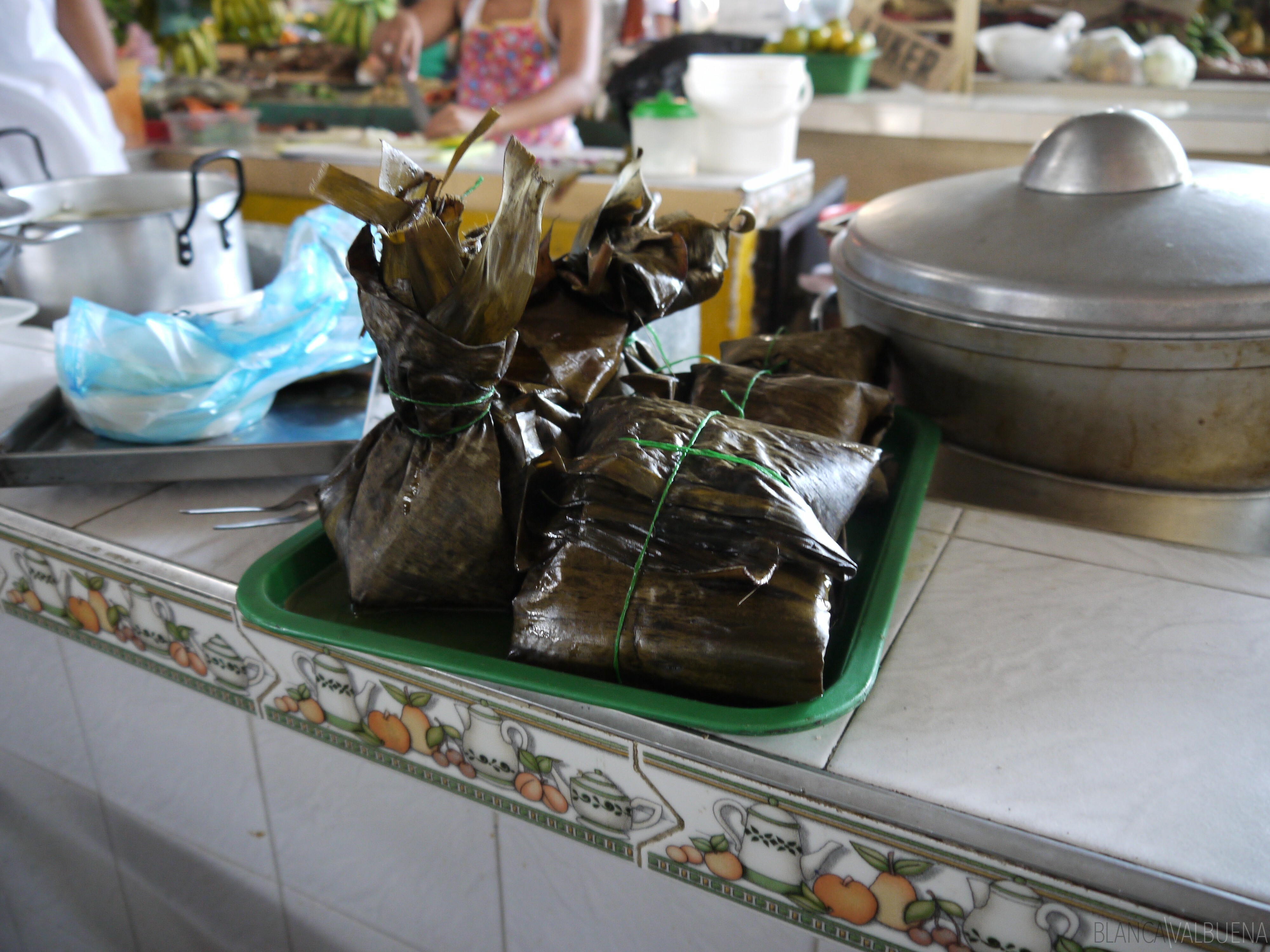
Colombia is also home to the famous tamales, the delicacy Tolimenses originating from the Tolima region. The plantain leaves, which are boiled for three to four hours, are stuffed with corn dough, rice, pork, chicken, potatoes, carrots, peas and many spices.
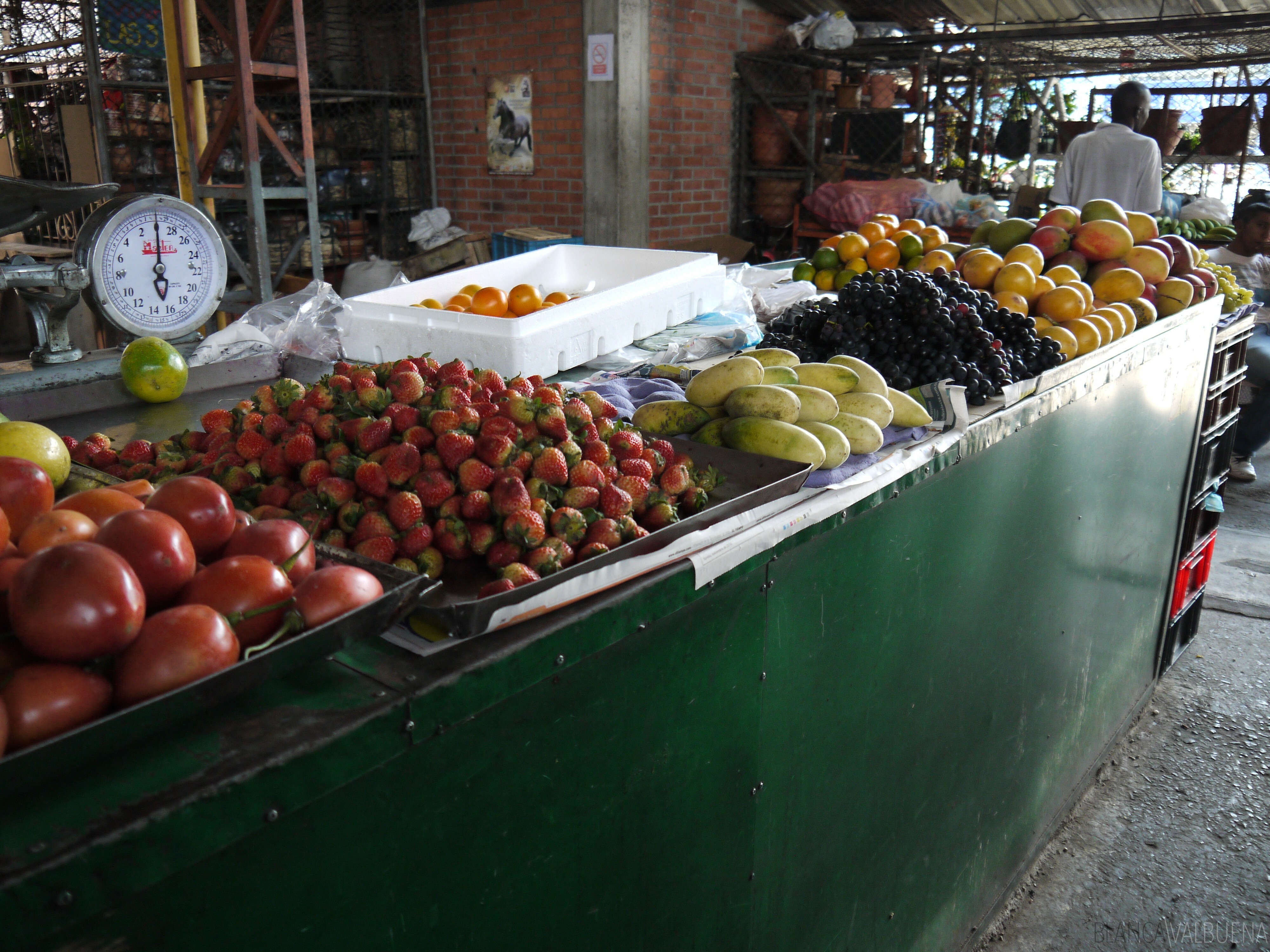
You can get more adventurous with food in Colombia as you explore the many tropical fruits that the country is rich in. You will not get enough of the different types of bananas in the country and the wide range of sweet tropical fruits such as mangoes, guavas, apples, pears, and others. But of course, before you go off to a Colombian culinary journey, start the day off with at the local galeria with a cup of their coffee which is regarded as one of the most distinguished in the entire world.
Have questions about Colombian Food Culture? Just ask me in the comments!

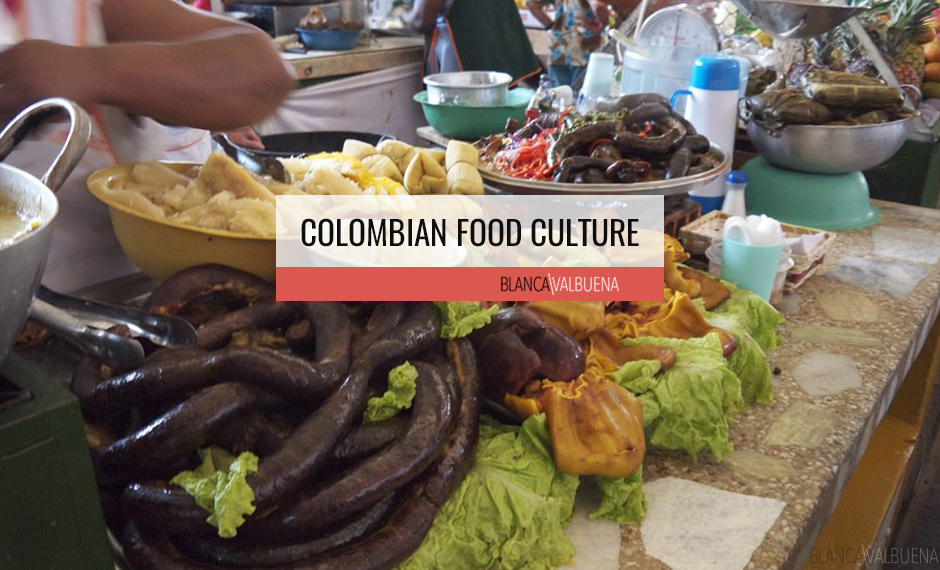
Comments are closed.